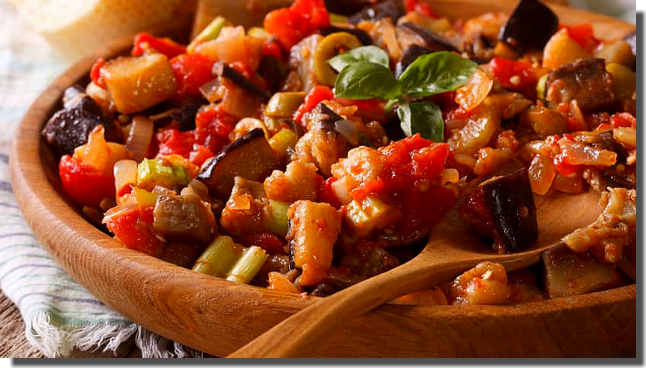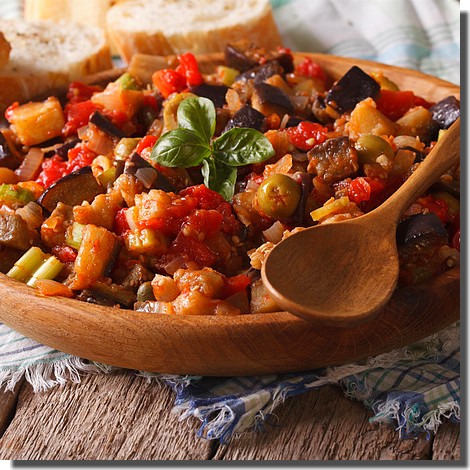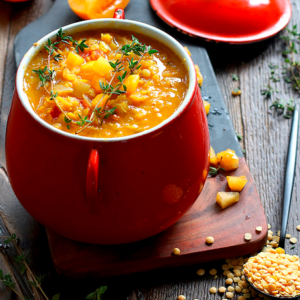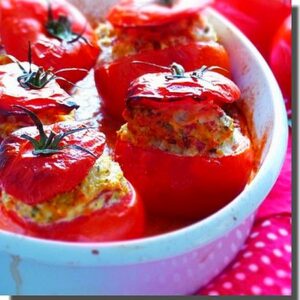Caponata is a typically Sicilian dish based on eggplant, the region’s star vegetable, celery, onions, tomatoes, capers and olives. Very rich in flavor, caponata is also unanimously praised for its freshness, which makes it very popular during the summer months, as it is a sweet-and-sour dish, generally eaten cold, after it has rested for a few hours and released all its aromas.
Widespread throughout the island, everyone has their own recipe, which is why it was so difficult for us to decide! In fact, there is no such thing as an “original recipe”, as each town, or even each mamma, has its own recipe, which it passes on to its daughter, and so on… In the end, we opted for the Palermo version, which seemed lighter and more refined.
Do you know polenta?
It’s a fine cornmeal that Italians are very fond of.
It can be just as delicious as very average if not cooked properly. It can be prepared in different textures, from more or less liquid, to more or less firm, either as sticks pan-fried in olive oil, or as proposed today in creamy polenta.
It’s a perfect accompaniment, and can even complement a soup on an autumnal or wintry weeknight as a main course.
With the cold season upon us, it’s time to savor this typically Italian cornmeal, found in many regions of northern and central Italy.
It is mainly found in mountainous regions: Valtellina, in Lombardy, but also Trentino-Alto Adige, Valle d’Aosta and Piedmont. But it can also be found in certain recipes in central Italy, in Tuscany or Umbria, and even in Lazio, where its relatively neutral taste blends well with the slightly stronger flavors of the local gastronomy. Very simple basic ingredients are the reason for its success in poor, rural societies: it’s a mixture of water and flour (mainly corn flour, but some recipes use other cereals such as buckwheat or chestnut flour). A simple, nourishing dish that kept many a home warm on long winter evenings, the copper polenta cauldron, still occupies a special place. It was placed directly on the embers in the hearth, ensuring even cooking at a constant temperature.





